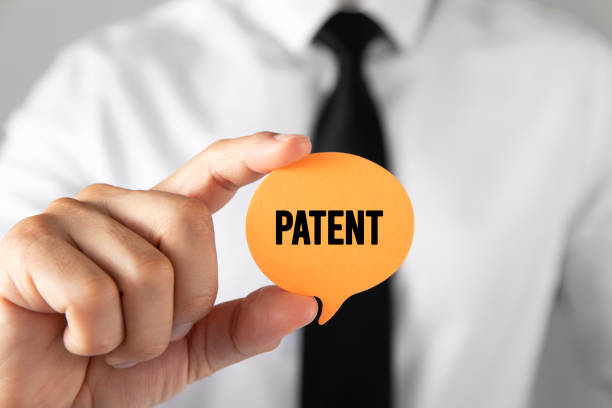


The Internet Corporation for Assigned Names and Numbers (ICANN) serves as a pivotal authority controlling unique identifiers on the global web—such as IP addresses and domain names, known as generic top-level domains (gTLDs). The New gTLD Program, overseen by ICANN, has notably expanded the Web’s Domain Name System by introducing over 1,200 top-level domains. Each new gTLD comes with a set of Trademark Rights Protection Mechanisms (RPMs), including the Trademark Claims Service, Sunrise, and the Uniform Rapid Suspension system.
For brand owners, new gTLDs present both opportunities and challenges in protecting intellectual property and catering to online consumer needs.
Brand-centric entities submitted over 600 applications, constituting a significant portion of new gTLDs, aiming to operate top-level domains that mirror their brand—a concept known as Dot Brands. These applications aimed at leveraging brand promotion, enhancing web security, fostering organizational coherence, privacy, and data management. However, a fraction of these applications was primarily for protective purposes by brand owners.
Despite significant investments in acquiring Dot Brands, a considerable percentage remain underutilized. Surprisingly, 10% of Dot Brands have been voluntarily decommissioned by trademark proprietors.
Nevertheless, a growing number of Dot Brands are evolving. One common usage involves hosting new websites on these branded top-level domains, dedicated to specific themes. For instance, Google maintains a prominent blog site at <blog.google>. Additionally, companies like KPMG have revamped their online presence by migrating content to a Dot Brand address, such as <home.KPMG>.
Open new gTLDs offer domain names to generate revenue. Some have eligibility criteria, selling registrations only to entities meeting specific qualifications.
Most open new gTLDs lack restrictions, presenting trademark protection challenges due to potential abuse by registrants who might exploit trademark-related domain names.
Traditionally, trademark owners relied on legal frameworks to combat cybersquatting. ICANN, in collaboration with WIPO, introduced the Uniform Domain-Name Dispute-Resolution Policy (UDRP), a swift and cost-effective mechanism resolving domain disputes.
In the new gTLD program, the Uniform Rapid Suspension (URS) system operates similarly to the UDRP but with a higher burden of proof and limited remedies, predominantly suspending domain names.
To ensure broader protection across multiple new gTLDs, ICANN established the Trademark Clearinghouse (TMCH), serving as a repository of trademark records. It facilitates two key RPMs: Sunrise and Trademark Claims.
Apart from ICANN’s RPMs, the TMCH operator and some registries offer additional protections like Continuous Notifications, restricting registration of trademark-matching domain names across specific gTLDs.
ICANN’s community is actively reviewing Business Legal Services in RPMs (Rights Protection Mechanisms), contemplating potential adjustments from the perspectives of brand owners, non-commercial users, and ICANN’s contracted groups. RPMs are essential tools designed to safeguard intellectual property rights and mitigate instances of cybersquatting or trademark infringement in the digital sphere. These mechanisms play a critical role in ensuring fair and equitable online representation for businesses and individuals alike. Stakeholders, encompassing legal experts, corporate entities, and advocacy groups, are encouraged to actively engage in this review process. Their insights and contributions are invaluable in refining these mechanisms to better serve the diverse needs of the online community, fostering a more secure and trustworthy digital environment.